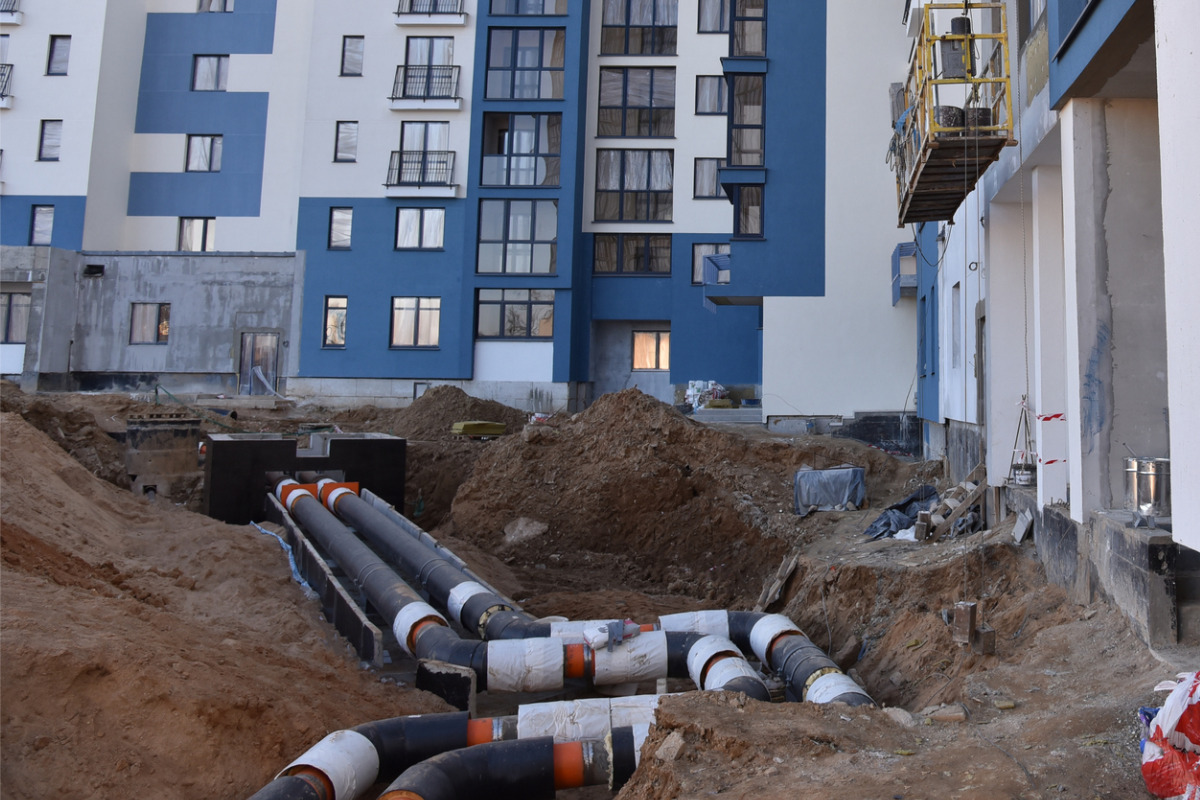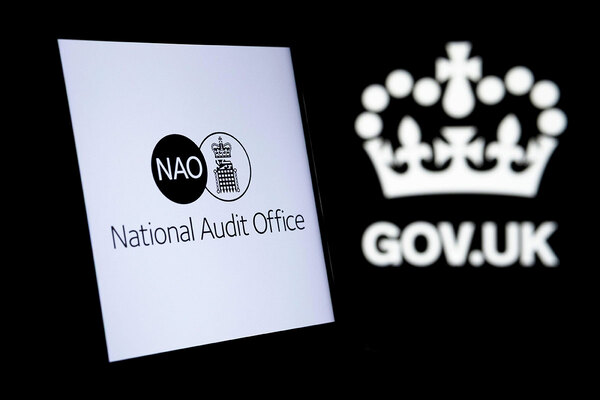Are some housing providers sleepwalking into non-compliance? Make sure you’re not one of them.
Heat networks are a key component of the government approach to delivering net zero. In the last ten years, they have slowly but surely ticked up as a growing part of most housing providers’ portfolios.
There are now over 500,000 heat network customers across the UK and the largest manager of them is the social sector. At the same time, a raft of new regulations on their management has been introduced, with potentially unlimited fines for non-compliance. And much more regulation is on its way, creating a compliance risk for the sector and – as a last resort - even the threat of the heat management of your homes being given to another organisation over which you will have no control.
In November 2020, the Department for Business, Energy, and Industrial Strategy (BEIS) updated the Heat Network (Metering and Billing) Regulations setting a deadline for all heat network operators to assess the cost-effectiveness of installing heat metering equipment at their unmetered schemes by the November 2021. All organisations that have not adhered to this deadline are currently non-compliant and may face penalty fines if evidence cannot be provided when required by BEIS.
And once you’ve cleared that hurdle, the metering equipment itself has to be installed by 1st September 2022.
The installation of metering equipment aims to increase residents’ awareness of their energy consumption and to reduce how much they use, reducing their carbon emissions at the same time. Of the thousands of assessments we have carried out for housing providers, 74% will need to install metering equipment by the 1st September deadline to be compliant. This will require technical specifications to be developed, budgets to be signed off, procurement to be completed, customers to be engaged and the actual installation and commissioning itself – all in less than seven months. Many in the sector are now well down the road to delivering this. Many more haven’t even started.
So what to do if you think you may already be non-compliant or at risk of it in the future? In simple terms – make a plan. We cannot guarantee that this will protect you from action by the regulator, but it will give you the best defence should they come knocking on your door (which they are starting to do). So here’s what a plan could look like:
- Make sure you have completed your heat network notification and returned it to the regulator – the Office for Product Standards and Safety (OPSS) [1] . This needs to be done every four years, and new heat networks need to be notified each time they go live. It will also help you to understand the scope of your heat network portfolio.
- Carry out cost-effectiveness assessments of your unmetered schemes. Even though the deadline has passed you can catch up and work towards the 1st September deadline. This will tell you which schemes need to have metering equipment fitted.
- Decide if you are going to outsource your metering and billing (which is what most housing providers do) or do it in-house. Set out clearly what you want from metering and billing. Do you want to Pay-As-You-Go (PAYG) or credit billing? Do you want remote monitoring? Do you want management data for your schemes to help their management? All are important questions and each housing provider will have their own questions. If there is one criterion you lay down above all it’s this – make sure the metering you put in place is transferable between billing service providers. Otherwise, you will be stuck with the same service provider regardless of whether they prove to be any good or not. Make sure you invite all of the suppliers to submit proposals when you go out to tender.
- Even though there is a very real-time pressure to get this across the line (remember its September 2022) take time to put together your specification and tender. Getting this right will directly impact your management costs, the costs to customers and the service they get.
- Set out the plan with a clear timetable, even if it struggles to hit the deadline. This will be vital in any discussion with the regulator.
We also recommend you think about joining The Heat Network – a peer group of housing providers who meet specifically to discuss and share good practice on heat networks: they are fast becoming the sector leading resource and voice. If you want to know more about current and future compliance requirements drop us a line here or email info@chirpyheat.com



